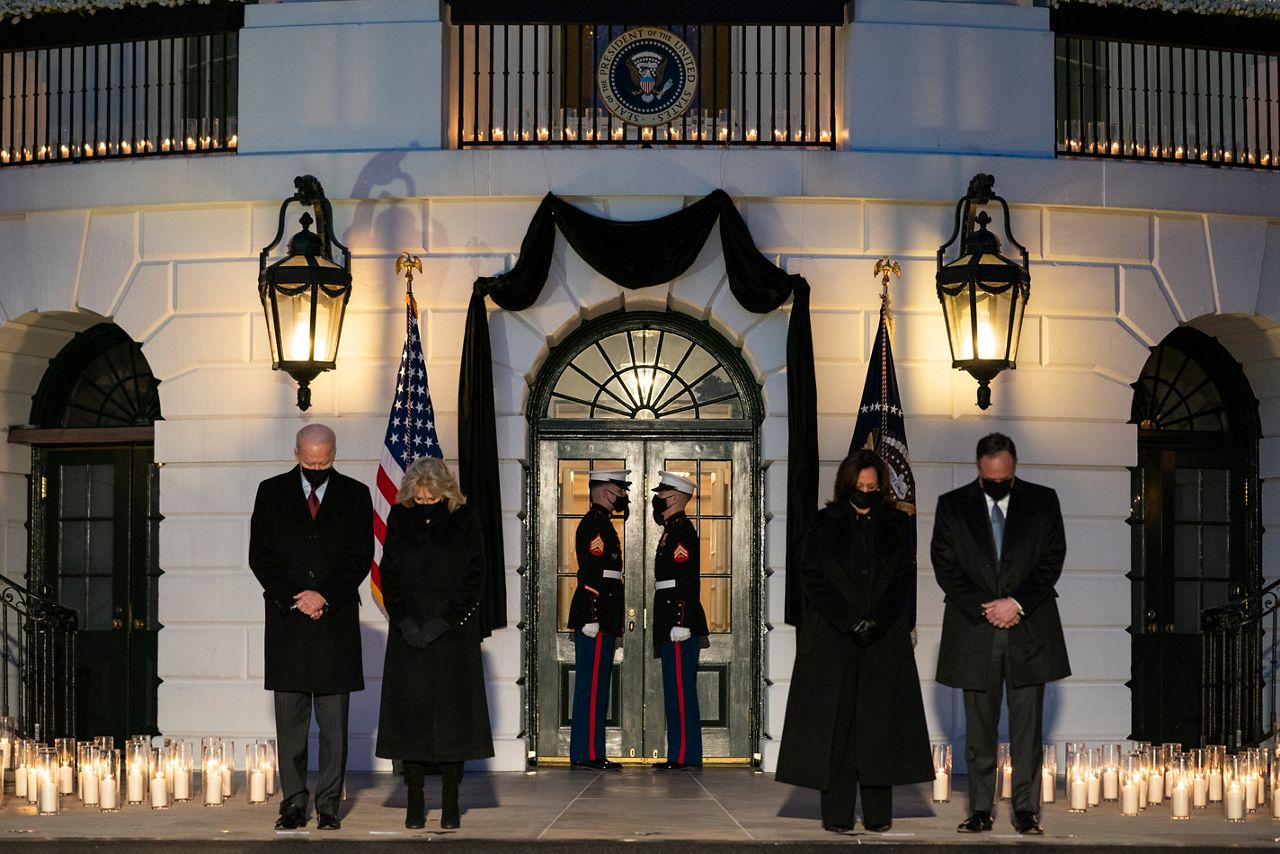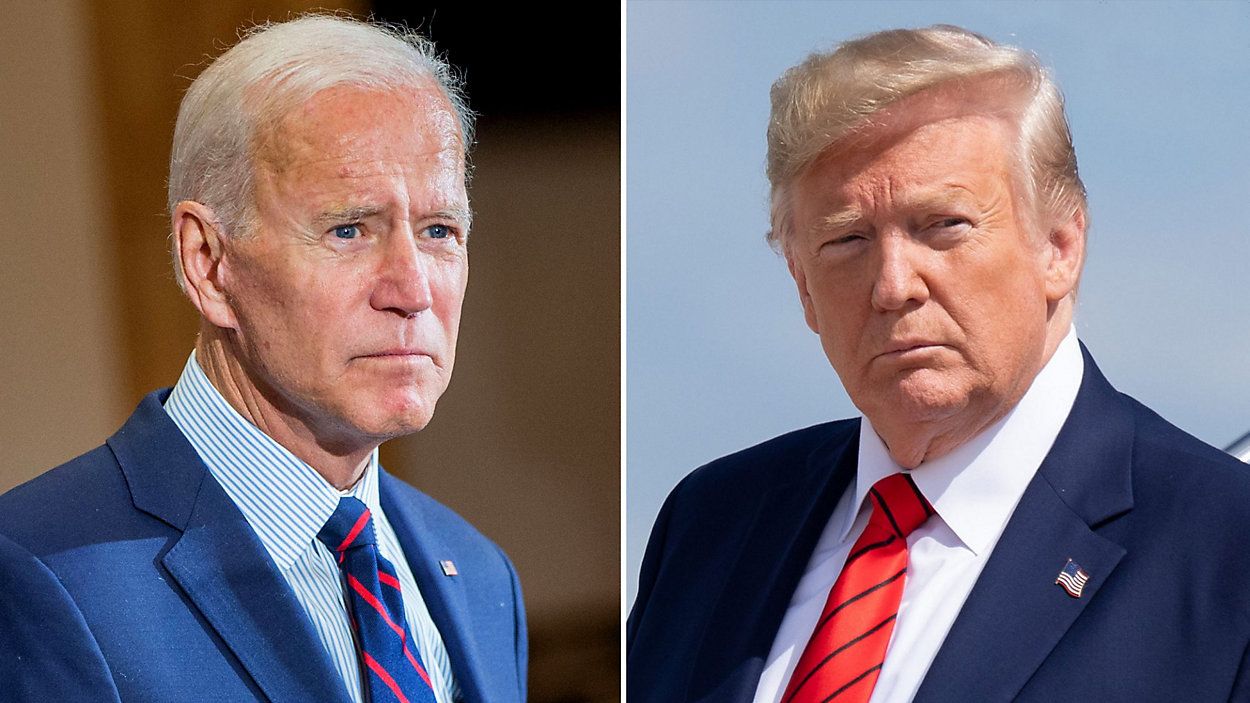The Biden administration has signaled a stark shift in its handling of the coronavirus pandemic, particularly when it comes to areas like transparency and boosting vaccine supply.
But while the difference in administrations is clear on the surface, a significant part of the operational and behind-the-scenes work from public health officials has remained in place from President Donald Trump’s time in office.
Spectrum News looked at how the Trump and Biden administrations compare in their pandemic response, including their messaging, vaccination campaigns and coordination with states
For both public health experts and Americans watching the response from Washington, a clear change under the Biden administration is the effort to communicate about the state of the pandemic and the administration’s efforts in a transparent and science-driven way.
The White House COVID-19 Response Team now holds three briefings per week, featuring health officials such as the president’s chief medical adviser Dr. Anthony Fauci and CDC Director Dr. Rochelle Walensky.
“The biggest difference is the tone,” said Dr. Amesh Adalja, a senior scholar at the Johns Hopkins University Center for Health Security and an infectious disease physician. “Having the appropriate tone and honesty and transparency is really, really helpful, because it does trickle all the way down from the top.”
The Trump administration initially held regular coronavirus briefings when the pandemic began, featuring Dr. Fauci as well as Dr. Deborah Birx, who led the COVID-19 task force, and other officials.
But those briefings became inconsistent and faded out in May, when there was a notable month-long gap in briefings despite rising cases at the time.
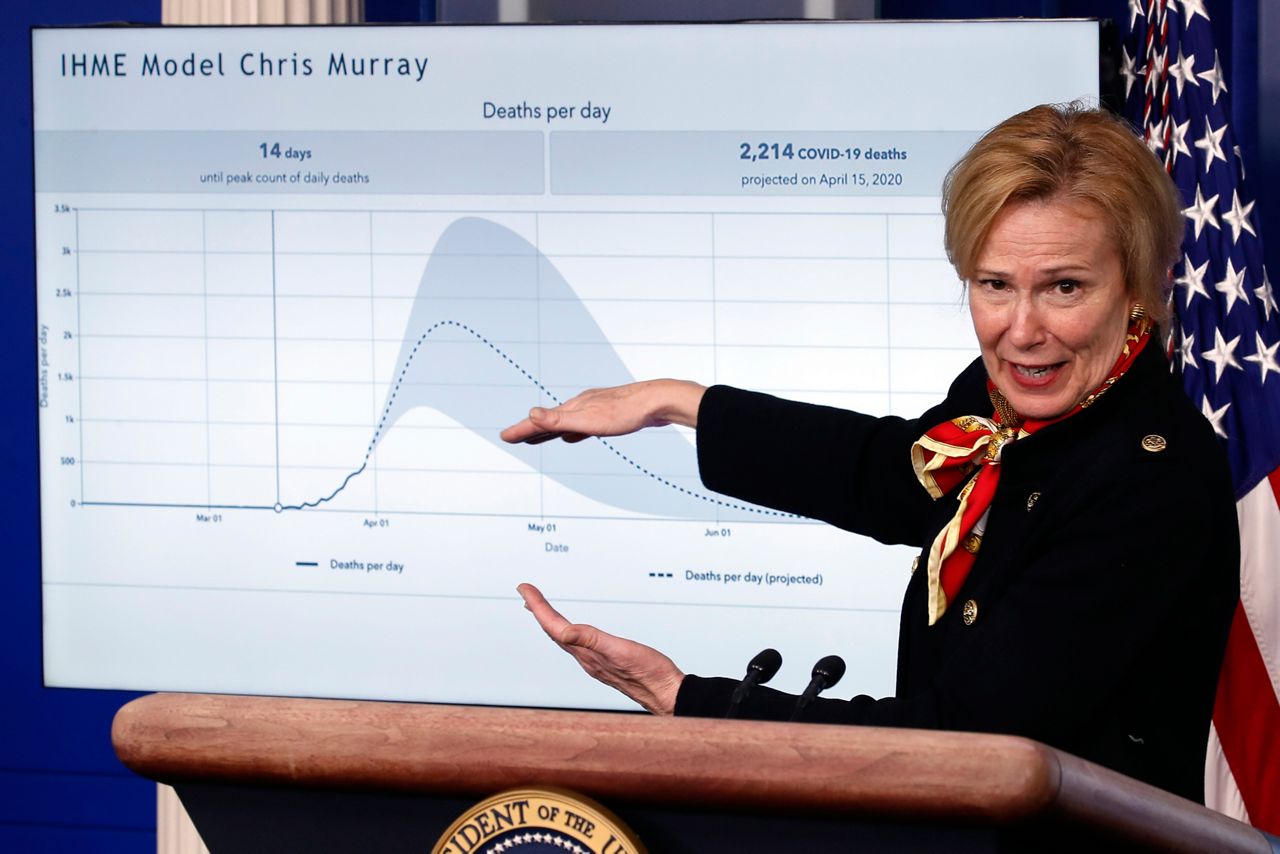
President Trump also admitted relatively early on, on March 16, 2020, that the virus was “bad” because it was so contagious, but a few weeks later – and frequently throughout the pandemic – he changed his tune, saying he’d like to have Americans working again by early April.
“I would love to have the country opened up and just raring to go by Easter,” Trump said in a Fox News town hall in March 2020, which drew consternation from fellow Republicans, including Rep. Liz Cheney, who wrote on Twitter at the time that “there will be no normally functioning economy if our hospitals are overwhelmed and thousands of Americans of all ages … lay dying because we have failed to do what's necessary to stop the virus.”
“The messaging was consistently inconsistent,” said Dr. Howard Koh, a professor of Public Health Leadership at the Harvard T. H. Chan School of Public Health who also served as the Assistant Secretary of Health under President Barack Obama. “The other thing that [President Biden] has done is that he has not shied away from the difficult truth.”
At times, former president Trump’s messaging even became dangerous, such as when he touted the unproven drug hydroxychloroquine and told people “don’t be afraid of COVID” after he recovered from the virus, even though more than 200,000 Americans had died at the time.
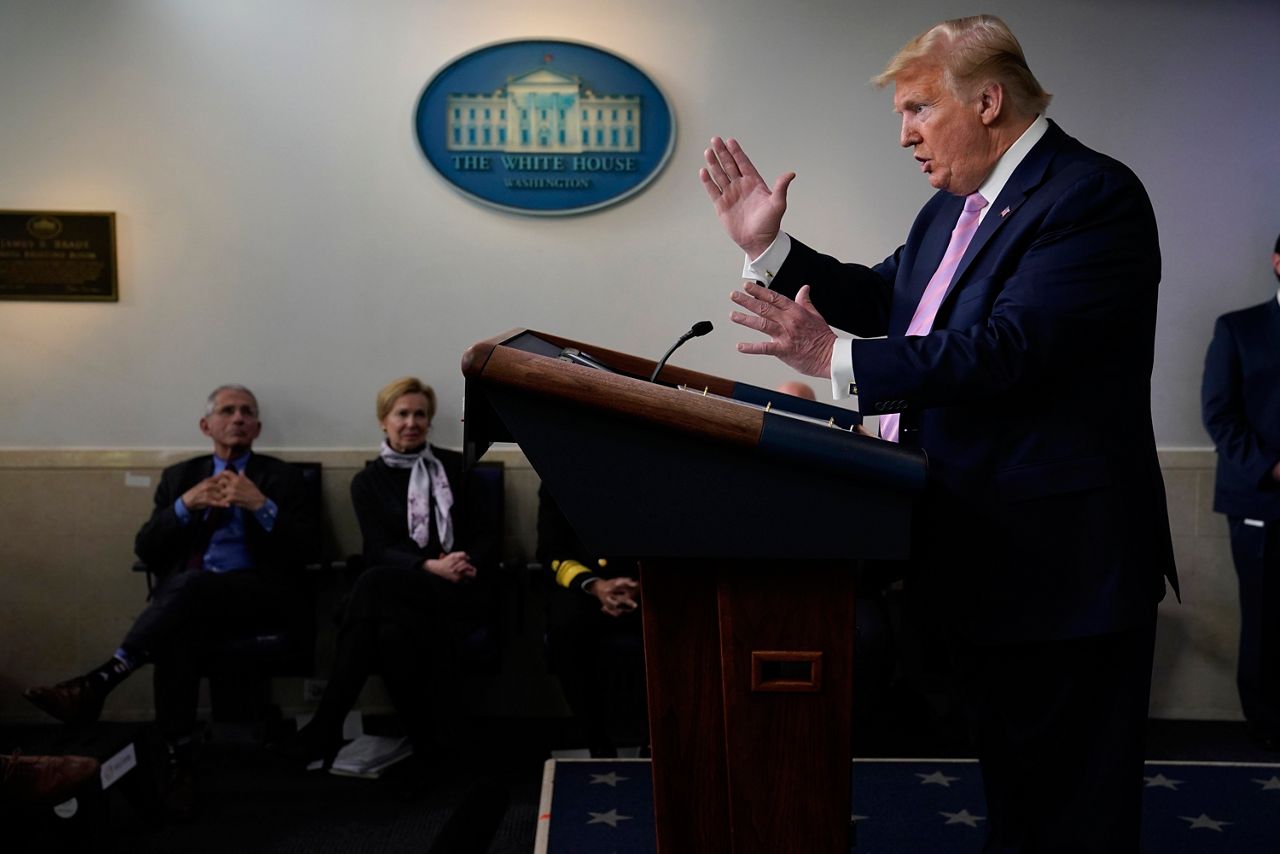
The focus on masks is another 180 under President Biden.
Despite increasing evidence that masks slowed the virus’s spread, President Trump often flouted the practice, once explaining that he didn’t want to wear one on camera.
Biden, on the other hand, has challenged all Americans to wear face coverings for his first 100 days in an effort to save more lives.
He’s required masks on all federal property, including the White House, and has made good on that requirement by wearing one himself at nearly all times, except when distanced and speaking in an official capacity.
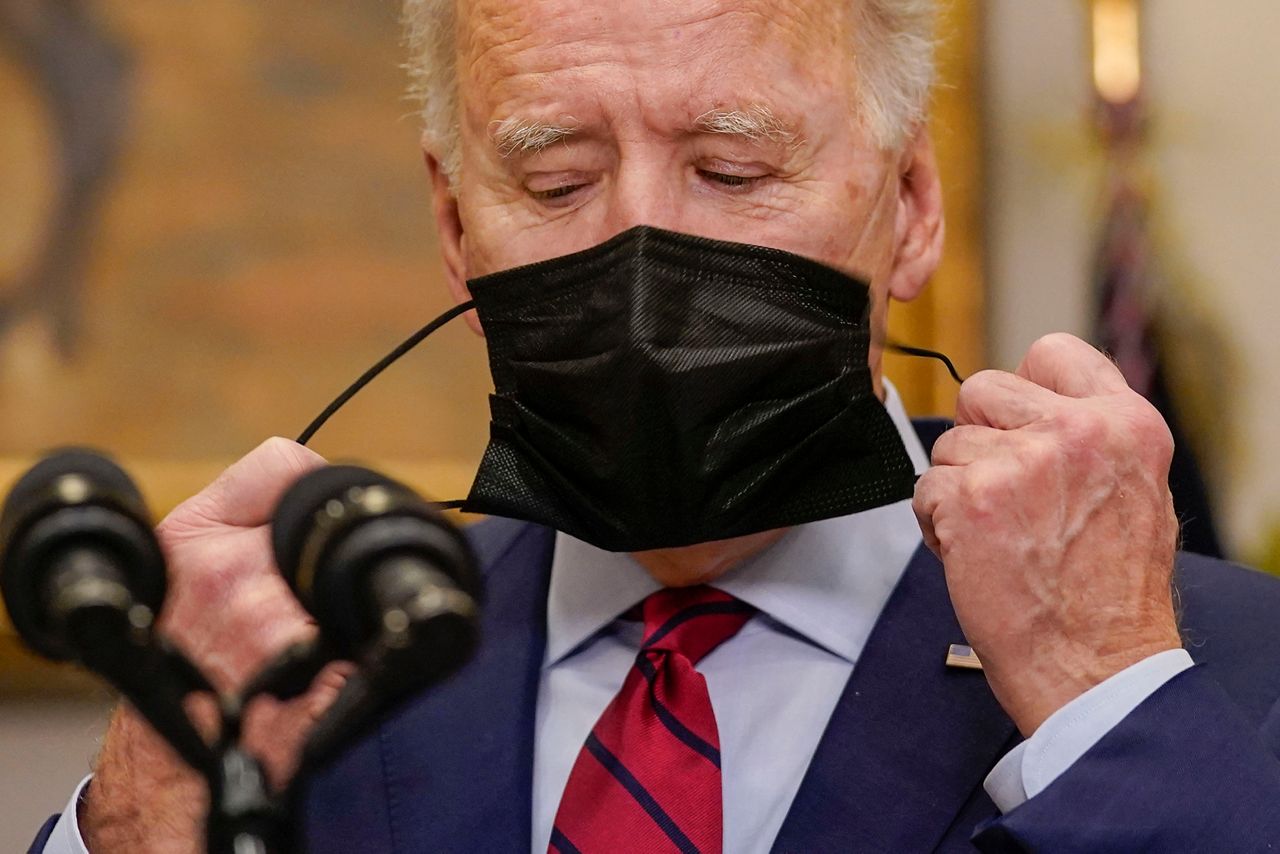
One constant among both administrations: career health officials at agencies like the CDC, FDA and the National Institutes of Health.
While the top roles – such as CDC Director and FDA Commissioner – are reserved for political appointments, the vast majority of staff, scientists and officials working at federal agencies remain on from president to president.
“We rely on our career colleagues to give us continuity of operations and consistency of programs,” said Dr. Koh, who served as Assistant Secretary of Health under President Obama.
One example of that continuity is the fact that the CDC has continued to publish its Morbidity and Mortality Weekly Reports (MMWRs), which highlight pandemic-related studies and update the public on scientific developments.
Some political appointees in the Trump administration are accused of trying to tamper with the contents of those reports.
The key difference now is the fact that the new administration has prioritized science and medical expertise in a public-facing way, including regular updates from health officials at triweekly COVID-19 briefings.
“From the top, you just see much more recognition of this pandemic as being serious and a willingness to allow the CDC, for the most part, to be the CDC in and speak directly to the American public,” Dr. Adalja said.
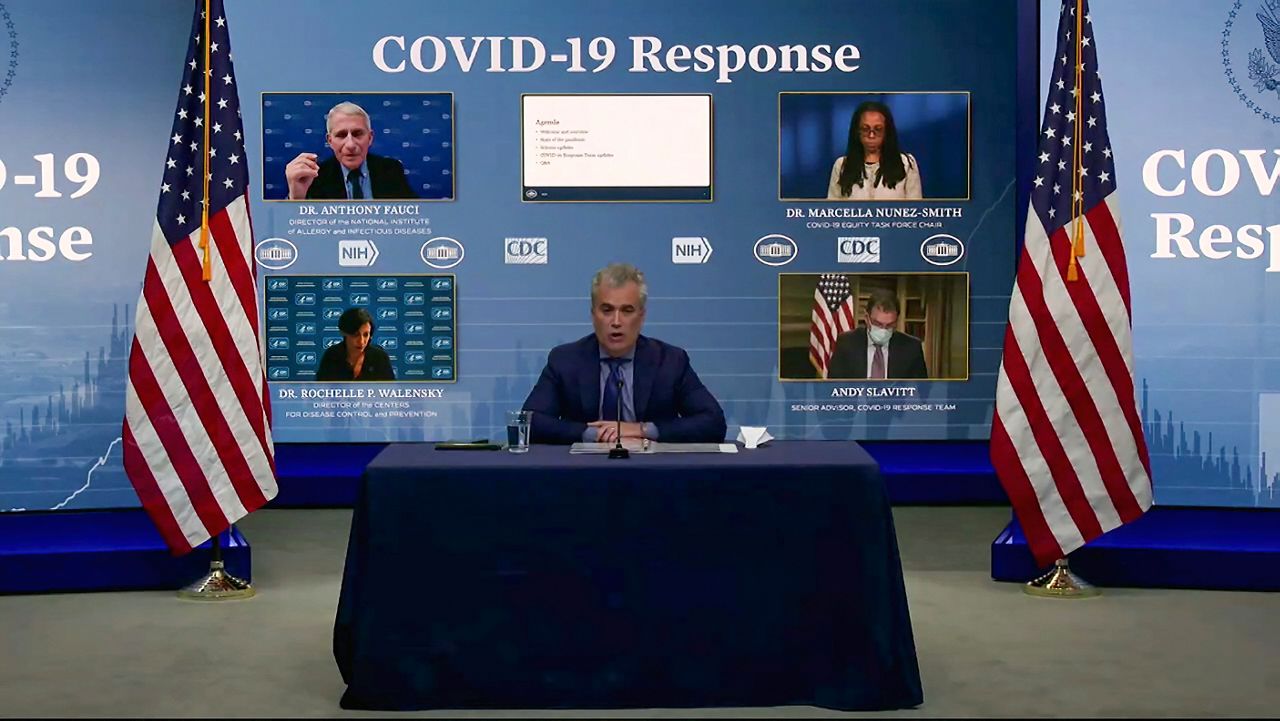
The Biden administration also began publishing weekly reports detailing state COVID-19 data, which officials had previously kept private. Some of the reports had only been made public under President Trump via public records requests and other reporting.
Under the Trump administration’s Operation Warp Speed, multiple coronavirus vaccines were developed in record time, partly due to the fact that the U.S. purchased millions of doses of the Pfizer vaccine ahead of time and committed nearly $1 billion to the development of the Moderna shot.
“The one bright light, in hindsight, was the timely development of the vaccines,” said Dr. Koh.
At the beginning, Congress allocated nearly $10 billion to Operation Warp Speed, which was a partnership between the Department of Health and Human Services and the Department of Defense.
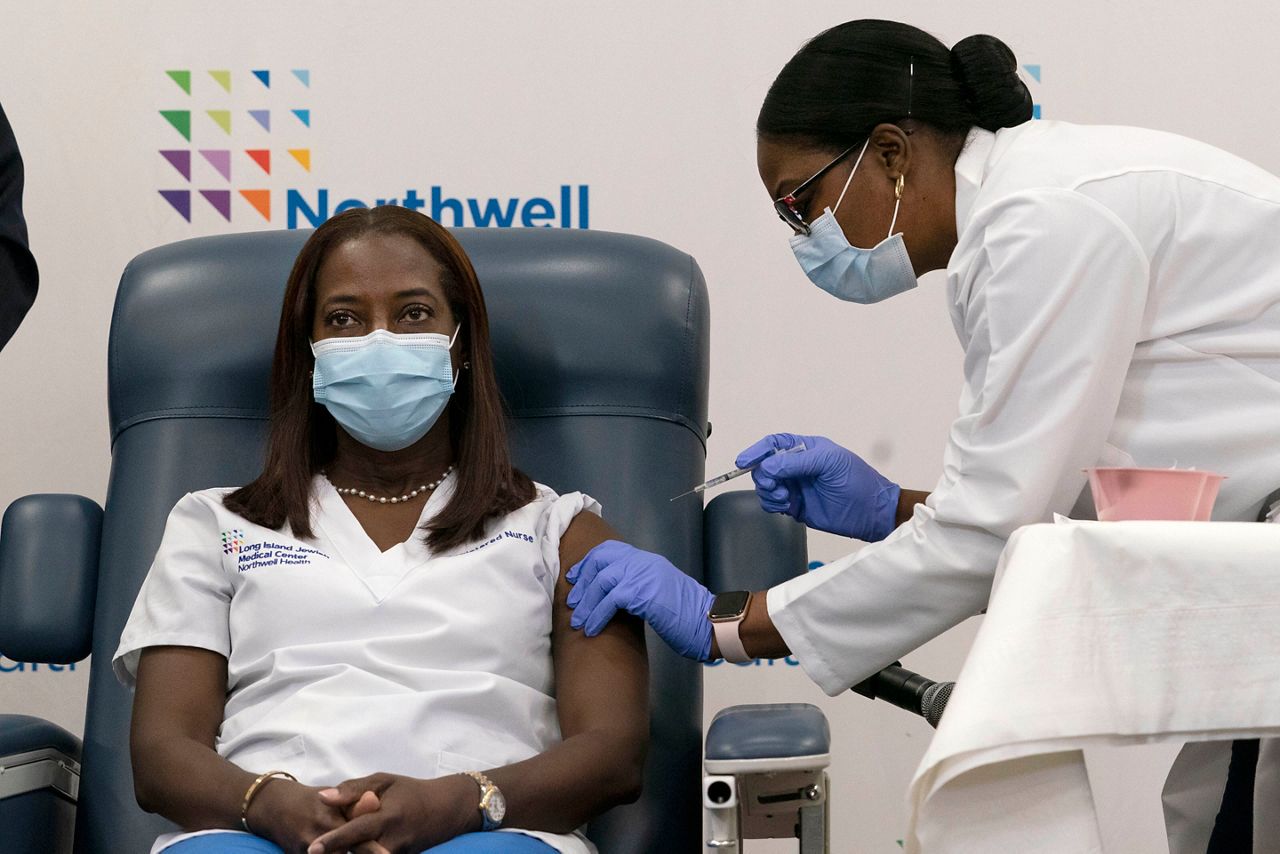
But while the initial stages of development and distribution were well-planned, it was the final stretch — getting the shots distributed within states and into arms — that lacked federal coordination.
“It's just that last mile of turning a vaccine into a vaccination where faltering was happening, because the states were not adequately supported,” said Dr. Adalja.
In fact, Trump administration officials had a detailed plan to ship vaccines, even with Pfizer and Moderna’s low temperature requirements, which included thousands of pounds of dry ice, devices to track the shipments and robust partnerships with FedEx and UPS.
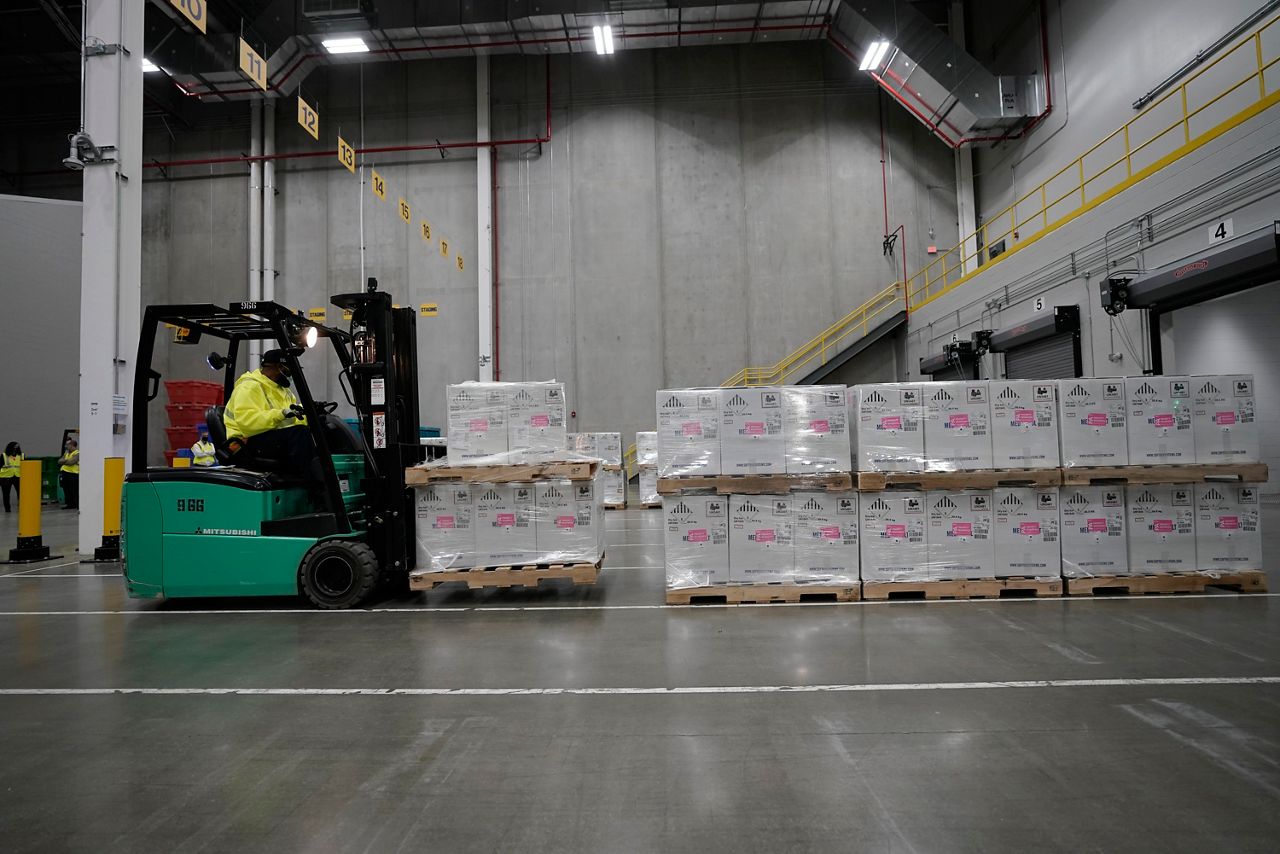
General Gustave Perna, who oversaw that plan and vaccine distribution as a whole, is still serving in the same role today, a Pentagon spokesperson confirmed, though he hasn’t appeared at press conferences since President Joe Biden took office.
That initial preparation done under President Trump refutes the new administration’s message that there was “no plan” in place or that they were “starting from scratch,” as Vice President Kamala Harris told Axios last month.
“I don’t think anyone deserves credit when half a million people in the country have died in this pandemic," Press Secretary Jen Psaki said in a March 4 briefing.
In comparison, the Biden administration has now made major progress in boosting the number of doses actually administered.
The U.S. is currently giving more than 2 million shots per day, on average, compared to less than 900,000 when Biden took office. In President Trump’s final weeks, the number of shots was steadily increasing, but the new administration has enhanced both vaccine supply and its availability.
“You can just see how you need resources and the highest level of coordination possible. So it's starting to happen,” Dr. Koh said.
That’s in part due to the addition of federally-supported sites, including more than 400 community centers and a handful of mass vaccination sites opened in California, Texas, New York, plus more coming to other states.
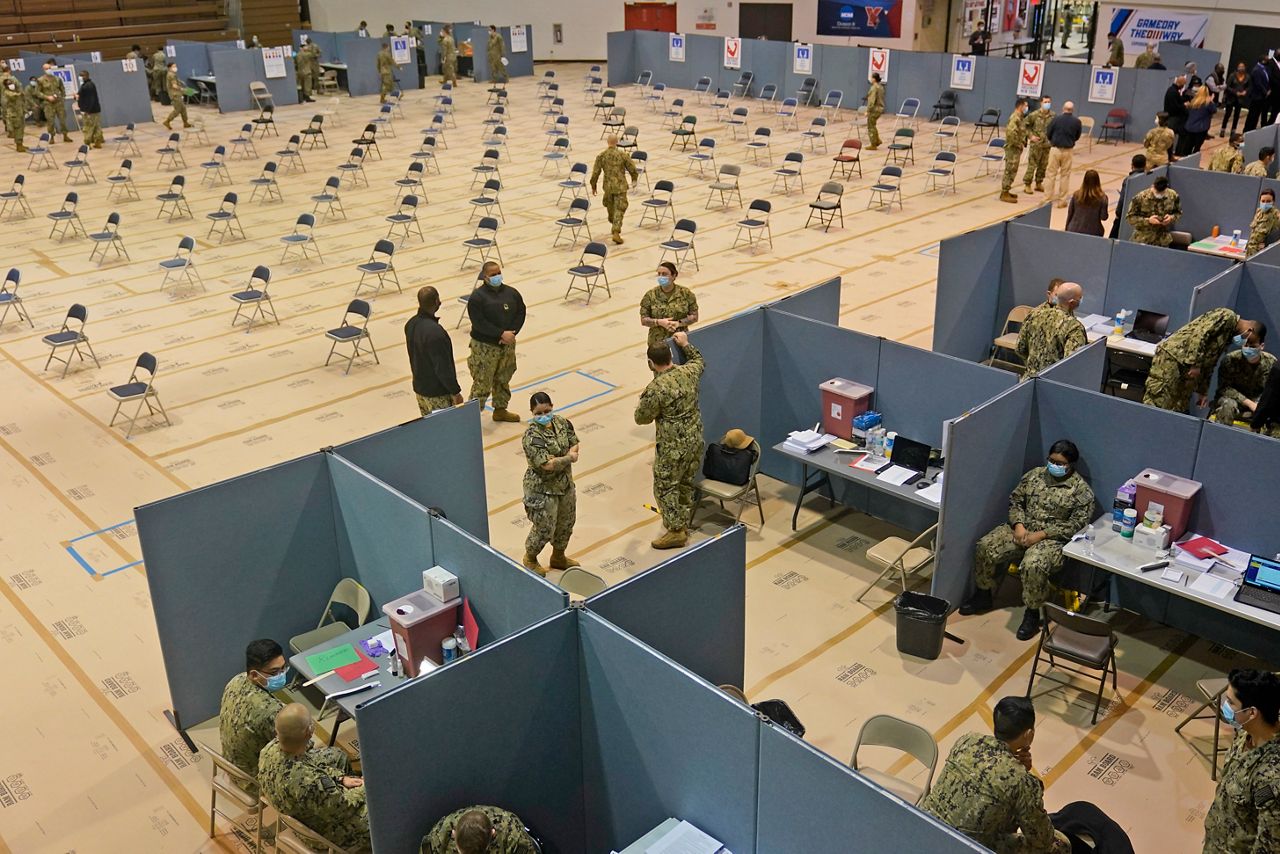
In addition, the Biden administration purchased another 100 million doses of each of the Pfizer and Moderna vaccines, and the president has invoked the Defense Production Act to speed production of the newly-approved Johnson & Johnson vaccine.
The federal government is now sending out more than 15 million vaccine doses to states weekly, at least a 50 percent increase since Biden took office, along with another two million directly to pharmacies. The administration now expects to have enough supply for every American adult by the end of May.
“We just did not have a national strategy but rather 50 states going in 50 different directions,” said Dr. Koh, who helped coordinate the U.S. response to the H1N1 pandemic.
Under President Trump, state and local officials were largely in charge of their own COVID-19 response – from the vaccine rollout to mask-wearing to school reopenings – while the Biden administration has aimed toward greater collaboration.
And while each area of the country needs a custom answer to the pandemic, public health experts said clear federal guidance early on could have saved lives and prevented pandemic snafus.
That was borne out in the context of the vaccine, since Trump administration officials initially left the final steps of distribution to states, despite the unprecedented speed and size of the rollout.
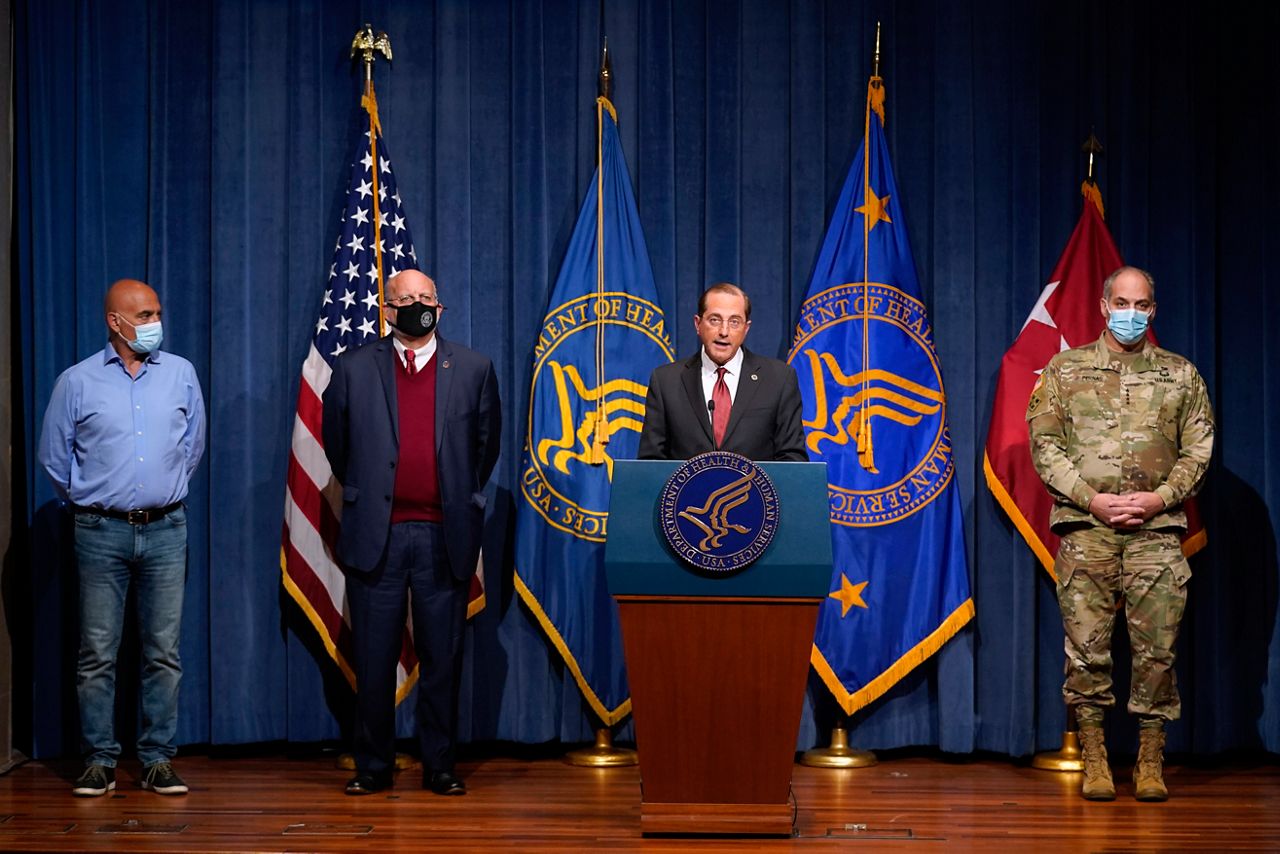
General Perna, who often briefed reporters on distribution during Trump’s presidency, repeatedly said states had created their own individual vaccination plans that they submitted to the federal team. But in reality, that lack of coordination led to a slow rollout when the shot finally became available.
“I think that you want some flexibility, but you want states to be able to be resourced enough and have the ability to call on federal assets if necessary to move faster or to deal with problems that arise,” said Dr. Adalja, who has advised businesses and schools during the COVID-19 pandemic.
Vice President Mike Pence held weekly calls with all U.S. governors when he led the coronavirus task force, just as current coronavirus coordinator Jeff Zients does.
But the Biden team has increased the amount of contact between federal officials and governors to multiple times per week, meaning guidance and federal support are more accessible.
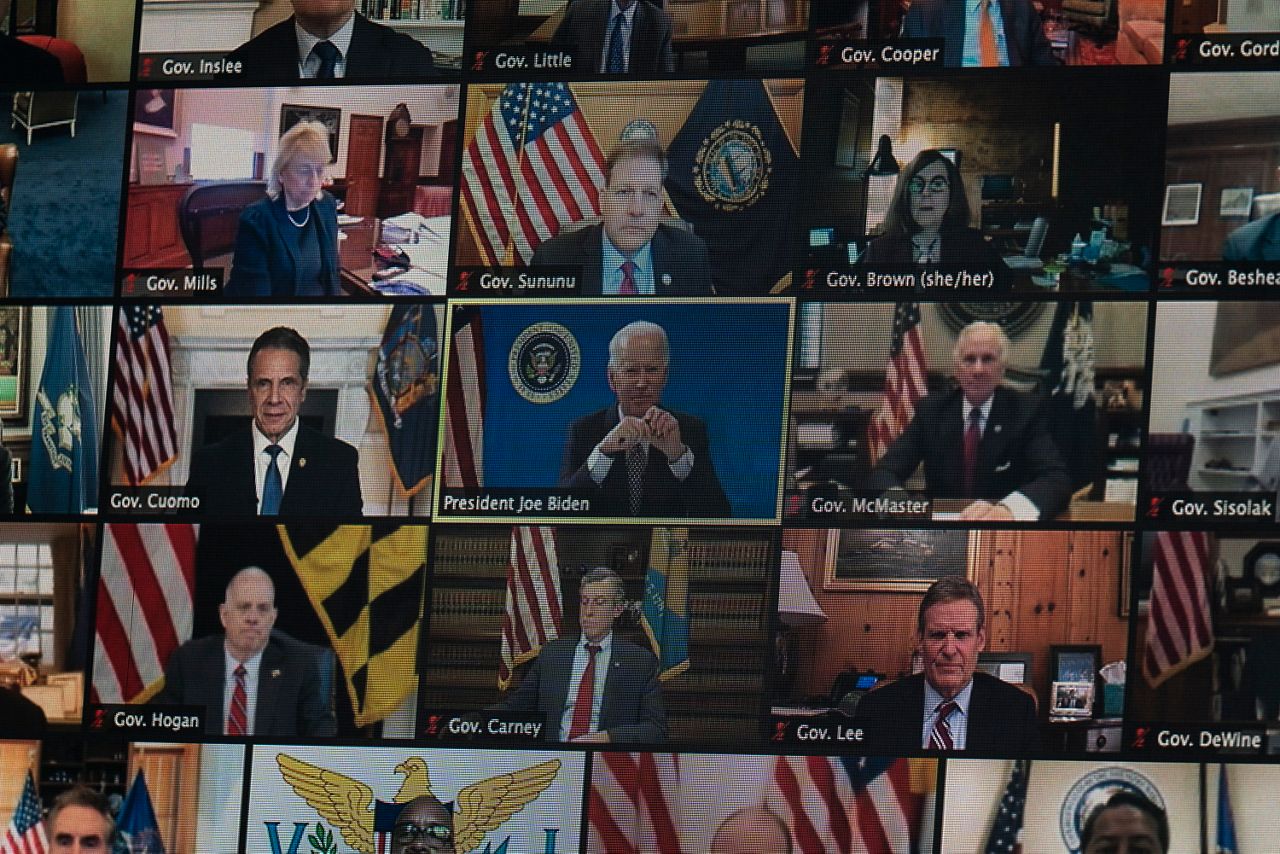
Even today, though, there is still room for greater transparency and collaboration with state and local leaders.
Last month, a group of governors led by Gov. Andrew Cuomo of New York and Gov. Asa Hutchinson of Arkansas sent a letter to the president calling for more transparency and clearer data on vaccine supply, partly to prevent overlap between where state and federal officials send their doses.
“States also need visibility into the federal vaccination efforts at the facility level happening in our borders,” they wrote.
In response, the Biden administration agreed to work on the way it organizes data for states and on the CDC website.
And at the local level, health officials and vaccinators are not always clued in to vaccine supply in advance.
“When you talk to people who run vaccine clinics, they have no idea,” Dr. Adalja, who also continues to work as a physician in Pittsburgh.
Experts said that political leadership, communication and resources must trickle down, especially to officials who are responding to the pandemic on a local level.
“We need to fundamentally rebuild public health from the ground up,” Dr. Koh said. “If we don't, often we're just going to risk going through something like this again, and that is just unacceptable.”
As the U.S. reached the unimaginable number of 500,000 deaths linked to the virus, President Biden marked the number last month with a candlelight ceremony at the White House and a national address.
"Those who have lost loved ones, this is what I know: they're never truly gone. They'll always be part of your heart," Biden said, invoking his own experience with grief after losing his wife and daughter in 1972 and then his son Beau to brain cancer in 2015.
The recognition of lives lost during the pandemic is a clear change under President Biden and his administration, while President Trump previously sought to minimize COVID-19’s deadly toll and the fatal potential of the virus.
A year into the pandemic, the U.S. has now recorded days with more than 4,000 deaths, though most recently the numbers have declined to metrics last seen in November, when there were less than 1,000 daily deaths.
When he took office in January, President Biden acknowledged early on that the country is likely to pass 600,000 total deaths “before we turn the corner in a major way.”
